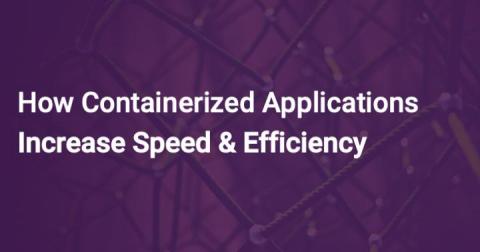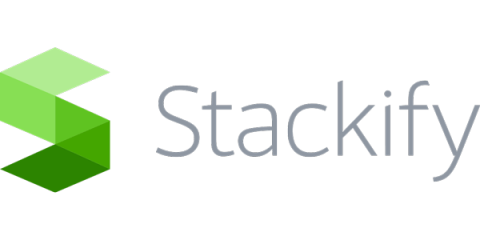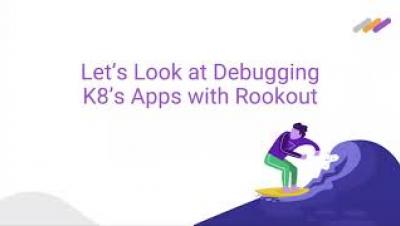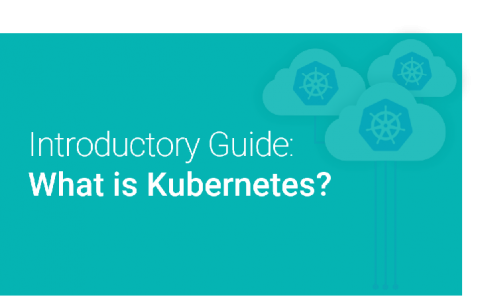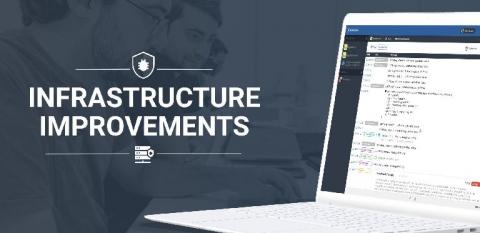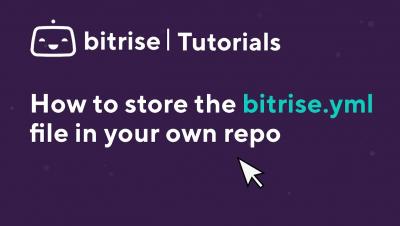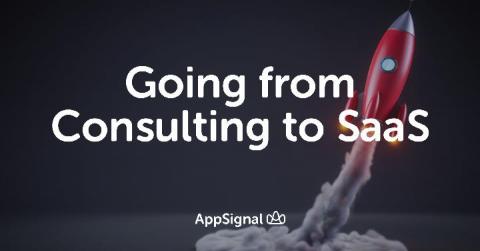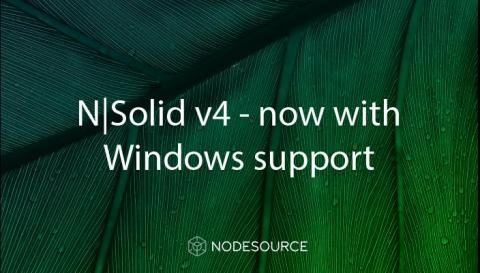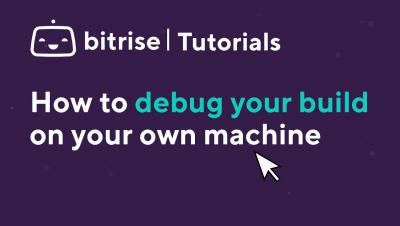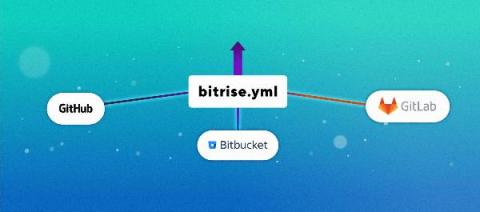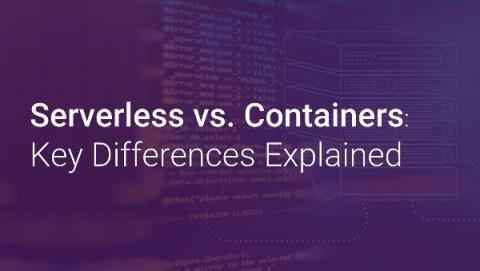Exploring Node.js Async Hooks
Have you ever heard of Node.js async hooks module? If the answer is no, then you should get familiar with it. Even though it’s new stuff (released along with Node.js 9) and the module is still in experimental mode, which means it’s not recommended for production, you should still get to know it a bit better. In short, Node.js async hooks, more specifically the async_hooks module, provides a clear and easy-to-use API to track async resources in Node.js.







